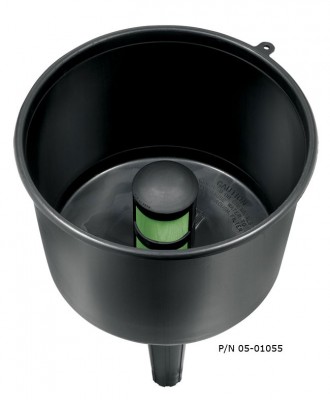210/30 turns from failed departure
First of all glad you're ok. 300 feet and a turn back to land. I was always taught that is a recipe for disaster. The classic stall spin to the ground. I know I wouldn't get away with that in the 4. Is this something that is safe in the 12?
All: I know the mantra: engine failure on take off, land straight ahead and hit something soft. I submit that that is certainly good advice about a Cessna, Piper or other conventional spam can. And landing straight ahead at 1.3 VSO beats stalling 200 feet in the air.
And some sacrilege: my 1986 RV4 wood prop (no constant speed disk drag) has a wing loading at gross of 13.6 pounds; a power loading of 9.3 pounds per hp; and a pretty high roll rate. At a typical climb speed of 85kts, it is about 40 kts over stall speed...assuming 1.5 seconds to perceive and react, my strong sense is you can hit 300-400 feet, detect failure, roll, decel to 60 kts, do the 210/30 turns and get back to your lift off location. I know it can be done from 500 feet with plenty of excess altitude because I have done it with a vapor lock from an "all metal life time warranted fuel hose". I vividly recall rolling wings level on short final thinking how much energy and altitude I had left and how any other plane I had flown would have planted me in some trees or vineyards...What an amazing plane! 300 calls for some quick thinking, but those houses in front might be a pretty strong incentive to make a rapid 45 degree banked roll, drop the nose to maintain 60, drop full flaps, and worst case, park it on the airport property. most likely, you hit the runway, my guess.
The 4 has so much more performance than a spam can that the prescriptive rules really are different (at least for me). Not saying you cannot stall spin yourself: a partial list of people I knew personally who have done it in RVs include Arlen Pestes, Randy Pexton, Bill Bruce, Bill Paragin, Mack Johnston...and you can land straight ahead into a car/house/tree/powerline and have the same outcome. I think the best thing to do is focus inside plane because the physics variables are pretty baked in the cake: maintain 60 kts till you are out of the steep turns, wings level, slow to 50 kts and hope there is runway under the wheels.
So, we know from this video that an RV12 with a somewhat delayed response and maybe a little residual power can make the 210/30 from around 300 feet. I know my 4 can do it from 500 when it is fat with fuel and bodies, and starting from a 85 kt climb. Not interested in starting a fight about one of the sacred cows of light plane operation. Maybe it is the case for the majority of pilots in the majority of spam cans, park it straight in front is the best advice. MTCents J






